Looking for a way to transform your creativity into a thriving career? Then try your best at the job as a visual designer like me. It’s where you can grow with your love for technology and aesthetics.
The question is: how to become a visual designer? If you are so eager for this journey, join me as I uncover the steps! It may be your perfect fit!
Overview
Before starting your journey to becoming a visual designer, you should know everything about this job first.
Who is a Visual Designer?
A visual designer combines ideas from graphic design to make beautiful pictures on websites. Thus, they must work well with colors, fonts, and other design stuff.
Visual designers often collaborate with UI designers and graphic designers. By working together, they handle the visual aspects of an organization.
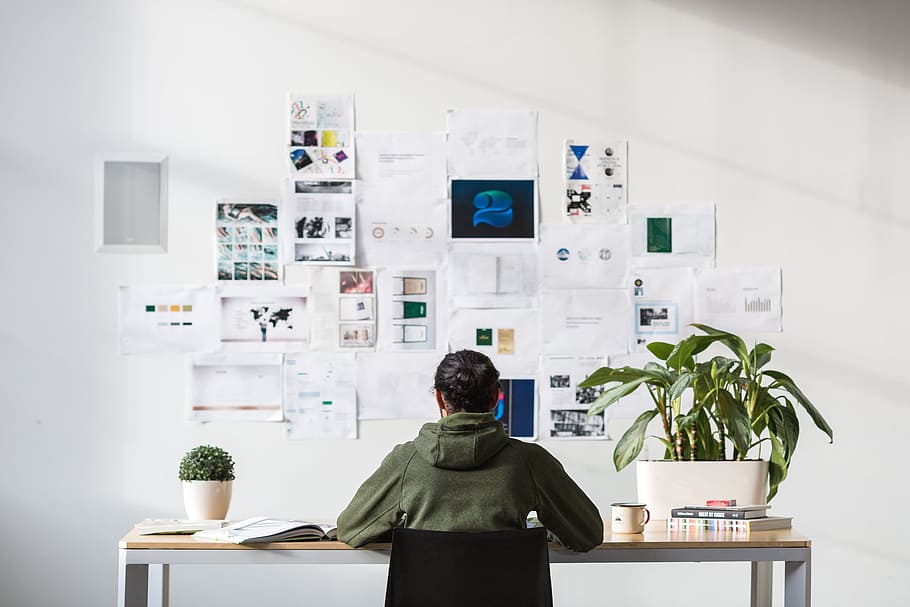
Work Environment
Visual designers are generally a nine-to-five job. Hence, they follow standard office hours. Yet, if there are many deadlines, they work overtime.
These designers may work in an office alone or share their workspace with others. They mostly sit in front of their computers.
What Education Does A Visual Designer Need?
Most employers hire visual designers with a bachelor’s degree. They often study fine arts, graphic design, visual communication, and other related fields.
However, it’s not the only way to become a visual designer. Instead, employers prefer designers with impressive experience and skills.
Duties and Responsibilities
Working with artwork seems fun. Yet, it comes with many challenges. So I will talk about what I do every day to help you understand more about this job.
I ensure that the visual elements align with my company’s brand identity. To do it, I need to understand the brand’s core values first. I also analyze the target audience to know their needs.
After researching, I design visual elements that resonate with the brand. It includes choosing the right colors, fonts, and design styles.
I’m also responsible for other digital products. It means I work with UX (User Experience) and UI (User Interface) principles. Then, I combine them to create intuitive layouts for the artwork.
I cover other materials beyond digital interfaces. For example, I help the marketing team design banner ads for their marketing campaigns. I also create email templates to boost the ads.
Choosing the right images and art for a specific purpose is essential. They should convey the messages effectively.
So, I will select images that reflect the theme, content, and target audience. I plan the visuals, too, to enhance the overall design.
Collaboration is key in my job. I have to interact with clients to learn their needs and design the best artwork. As the project progresses, I receive feedback from them. Then, I adjust the product to ensure the final one can meet their goals.
I also work with other designers. We have the same goal, so it would be best to collaborate to grow our business.
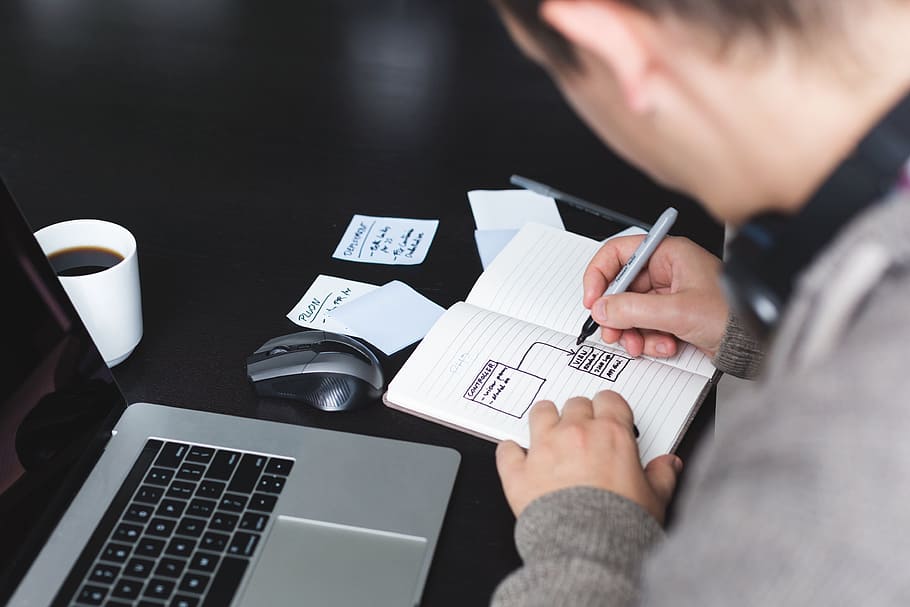
How To Become A Visual Designer
There is a long way to go if you want to become a visual designer. I will explain it in six steps as follows:
1. Build a solid foundation in visual design
Firstly, you need an extensive knowledge of design. So study first! This field includes many things to discover, such as:
Drawing abilities
Drawing is an important skill for a visual designer. It helps you bring your creative ideas to life.
You can start by sketching to explore different concepts and visualize how elements can come together. It’s also a good way to iterate on designs before moving to digital tools.
Graphic design theories
You will use graphic design theories to create impressive designs. For example:
- Typography: You will select and arrange fonts to convey the message.
- Layout: It’s about organizing elements on screen in a visually pleasing way.
- Spacing: This white space helps balance and separate design elements.
- Color: You need to use colors effectively because each pulls off a specific vibe.
- Imagery: To evoke visual interest and tell a story using your design, you need to work on imagery theories.
UX and UI
As I have said, UX and UI elements are important for your future work. Remember, you create a design just to attract attention from the viewers. Thus, you need to understand their needs.
Web design
Designing a web is not just about bringing beautiful pictures together. Instead, you must learn about website concepts like click-through or bounce rates.

2. Learn to use design software
You can be good at drawing. However, designing on computers is totally different from sketching on paper. So, to become a good visual designer, learn some design software soon. You can also get certificates for specific programs.
- Adobe: This certificate is one of the most popular options for visual designers. You can learn about illustration and graphic design.
- Calarts: This online course offers a certificate for graphic design. You will join it via Coursera.
- Creative Bloq: It’s also an online course where you get design and art inspiration. Some of the lessons here are free.
- Skillshare: This program offers many design lessons, such as logo design, digital illustration, and graphic design basics.
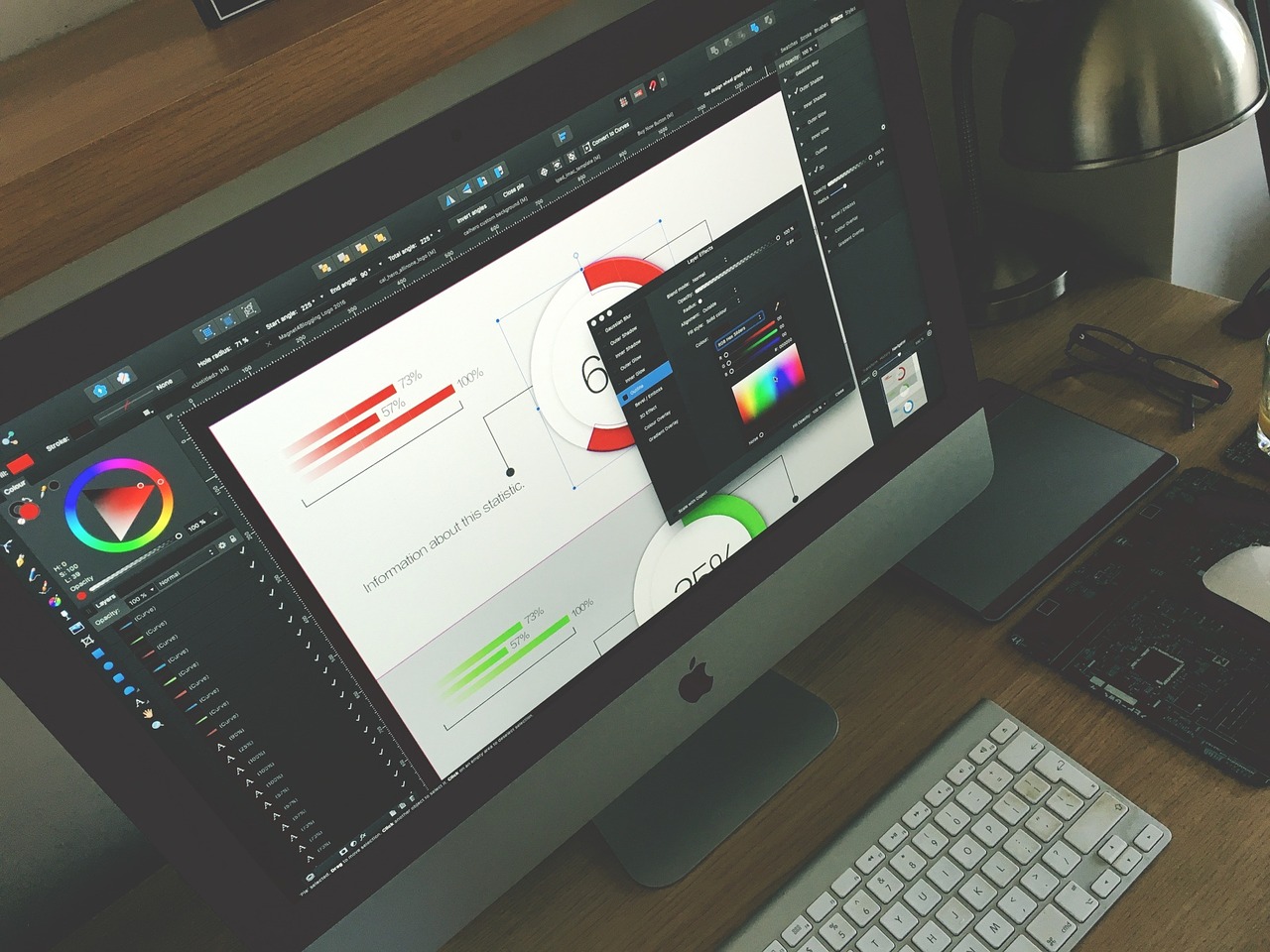
3. Take advantage of an internship
You may need to do an internship when studying for a bachelor’s degree. It helps you learn and become better at your job. You should get one even if your degree doesn’t call for it.
During the internship, you can meet people in the field. They can teach you practical things about your future job. They may also help you find a job later.
Moreover, you will do real work as an intern. It’s such a precious chance to see how things are done in the real world.
So, take full advantage of this chance. Don’t be shy to ask questions or make mistakes. They are lessons that schools can’t give you.
Plus, try to build relationships with your colleagues and mentors. Even when the internship only lasts for a few months, networking can be helpful for much longer.
Please also note that some internships are unpaid. Even if the employers pay you, your salary won’t be high. But don’t be discouraged! You are gaining experience to work in a well-paid role in the future.

4. Build a strong portfolio
The portfolio is a collection of your previous work. You can use it to showcase your experience and skills. So when employers look at your portfolio, they can tell if you are the right person for their companies.
Building an outstanding portfolio is important. If you want to impress your future company, try these tips:
- A portfolio should have about 10 to 12 pieces of your best work.
- Include different types of projects to show your versatility.
- Use different sources when gathering content for your portfolio. They can be school projects or work from internships.
- Update your portfolio regularly. Then, the employers know your latest accomplishments and skills.
- Customize your portfolio to match the kind of work you want to do. For this tip, you need to read the job description carefully to tell what the companies want from their employees.
- Before submitting your portfolio, get feedback from your mentors, friends, and professionals.
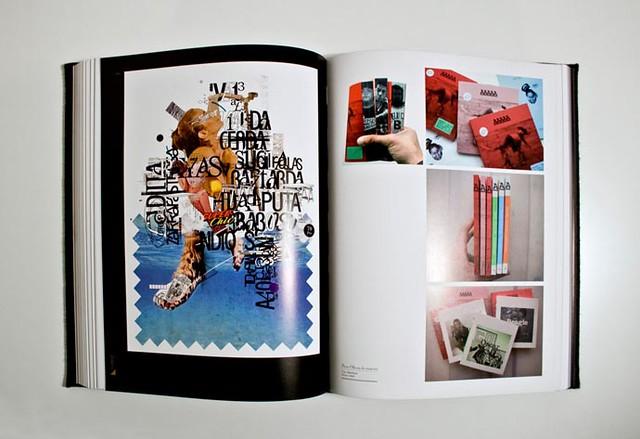
5. Hone your skills
There are many skills to master when you want to build a visual designer career. The most important ones include the following:
Technical skills
- Video and photo editing: You must work with images and video content. Thus, practice using editing software like Illustrator and Adobe Photoshop to handle those tasks.
- Basic coding: You don’t need to code. However, if you understand languages like CSS and HTML, you will better collaborate with web developers. Then, you can ensure your designs are functional on digital platforms.
- UX/UI design: Your designs should follow UX/UI principles. This way, they can be user-friendly and visually appealing at the same time.
- Graphic design: Proficiency in graphic design is vital. It’s the core of visual communication and acts as the basis for your design work.
Soft skills
- Communication: As a visual designer, you need to convey your ideas effectively. You can also use your communication skills to understand the needs of your colleagues and clients.
- Creativity: Working with art requires creativity. As a creative visual designer, you can build unique artwork that sets your company brand apart from others.
- Problem-solving: Design projects may come with many challenges. Thus, you must be a good problem solver to address them.
- Presentation: Sometimes, you have to present your design concepts and ideas to your team and clients.
- Multitasking: You may manage different projects simultaneously. So if you are not good at multitasking, the strict deadlines will overwhelm you.
6. Apply for a job
After you finish your learning, you can apply for visual design jobs. You can find job openings in web design, advertising, or graphic design. These industries need visual designers.
If you like working independently, freelancing will be a good idea. You can find freelancer jobs on many websites and freelancer communities.
Plus, tell your friends, family, and others that you’re looking for a job. Sometimes, job opportunities come from your network.
Remember to prepare a resume for your job application. Then, put a link to your portfolio and send it to the employers. You can also write a cover letter with each application.
If the recruiters like your resume, they will contact you and invite you to a job interview. So prepare for this precious meeting, too.
During the interview, you must show how much you care about visual design and how good you are. Your ability and passion will make you stand out.
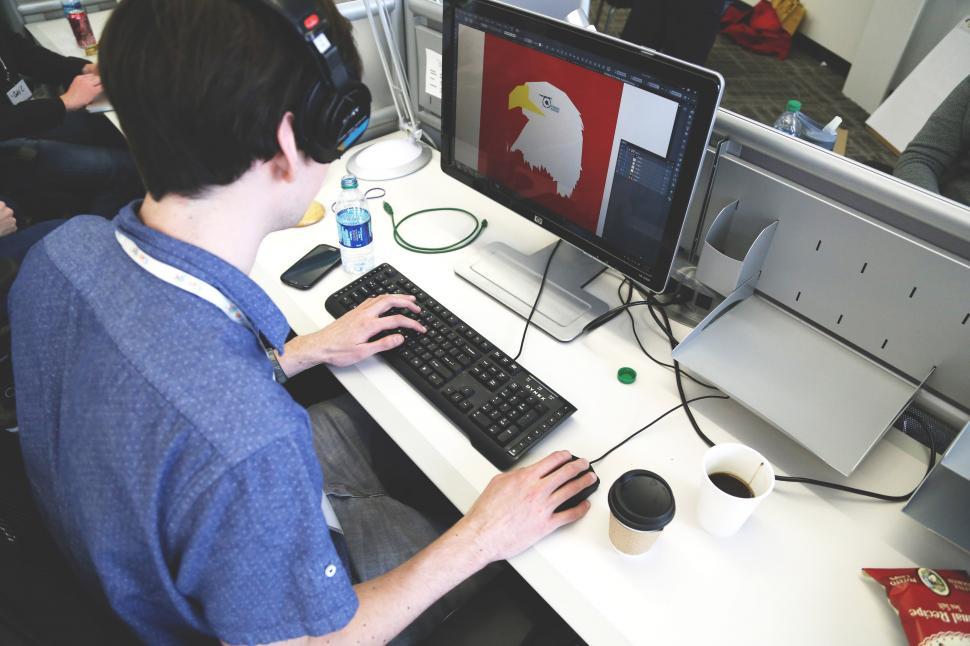
Salary and Outlook
As of 2023, the average annual salary for visual designers is around $83,540. This salary range varies depending on your experience, education, location, and the business you work for.
For example, a visual designer in New York can earn $104,967 a year. Meanwhile, those in California often make about $103,510 annually.
Your experience is important, too. So if you are a humble starting point, don’t worry! With hard work, you can shine in your role and earn more money.
Difference Between Graphic and Visual Designer
Some people confuse graphic designers with visual designers. In fact, they have similar roles, as they aim to enhance their client and companies’ image using art.
However, visual designers create comprehensive brand images. Meanwhile, graphic designers focus on specific visual content.
Moreover, visual designers craft a unified message. On the other hand, graphics designers work on individual elements like posters or logos.
Can I Be A Graphic Designer If I Can’t Draw?
Yes. Drawing skills are beneficial for your design career. But you know what? I’m not good at drawing either, and I’ve been a visual designer for years.
Graphic and visual designers create designs by arranging graphic elements. Thus, drawing is not the main focus.
Moreover, there are many skills to focus on, and drawing is not the most important one. For example, you must know design principles and effective typography to create a good visual.
Last but not least, graphic design is about visual communication and creativity. If you’re creative and can conceptualize ideas, you will excel in graphic design.
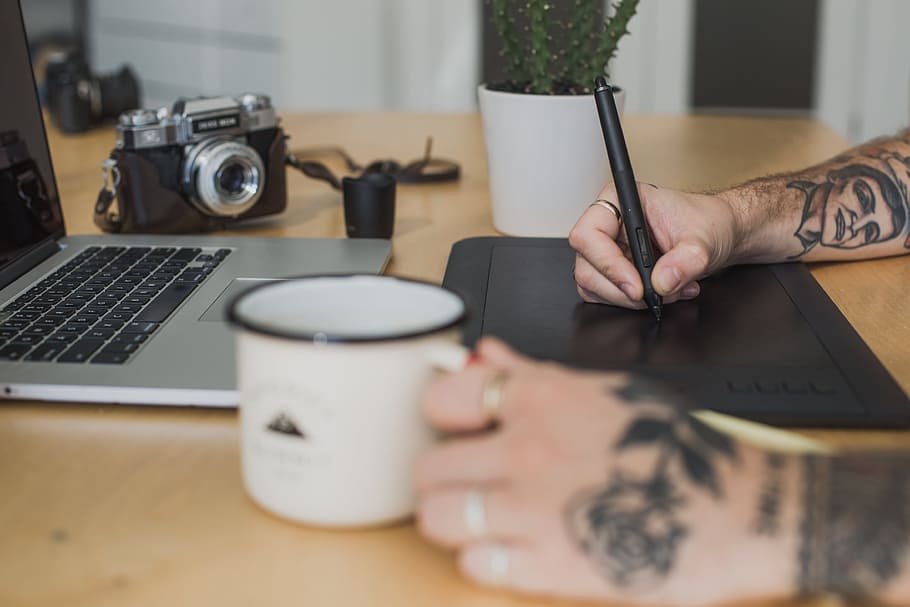
Conclusion
I have shared with you the steps and skills needed to become a visual designer. So work on them, and you will succeed one day.
Bear in mind that you will encounter many challenges. But fear not! You will have a hard time, no matter your career path. At least you do it for your passion when learning to become a visual designer!
Hopefully, you can shine as an excellent visual designer! Thank you for reading!
